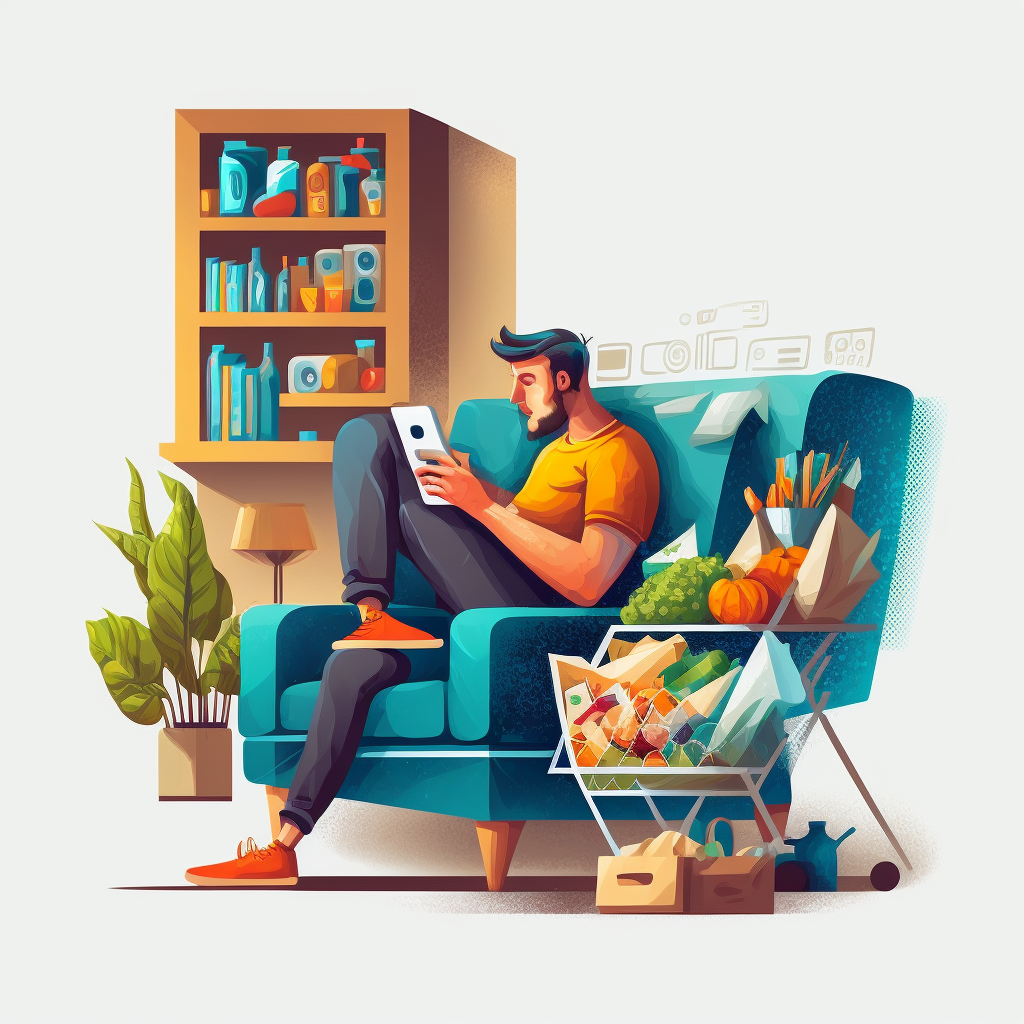
from home delivery to ai recommendations – the evolving landscape of e grocery
Gone are the days of trudging through crowded aisles and fighting for the last bag of potatoes at the grocery store. With the rise of #e-grocery, shopping for groceries has become as easy as a few clicks on a computer or taps on a phone.
But the world of e-grocery is far from stagnant — it’s constantly evolving, with new technologies and innovations being developed all the time. In this blog post, we’ll take a look at how #AI and other cutting-edge technologies are transforming the way we shop for groceries, and what the future of e-grocery might look like.
From personalised recommendations to sustainable delivery options, get ready to discover the exciting world of e-grocery 2.0.
Grocery shopping has come a long way since the days of visiting a brick-and-mortar store and manually filling a cart with items. With the rise of e-grocery, consumers can now easily purchase their groceries online and have them delivered to their doorstep, or even picked up at a designated location.
But what does the future hold for e-grocery? Here are a few key trends to keep an eye on:
- Increased convenience: E-grocery is already a convenient option for many consumers, but it’s likely to become even more convenient in the future. For example, we may see the emergence of technology that allows customers to simply scan their fridge with their phone, and have any items that are running low automatically added to their e-grocery cart. Similarly, there could be more options for same-day or even same-hour delivery, making it even easier for busy consumers to get their groceries when they need them.
- Personalization: One of the main advantages of e-grocery is the ability to easily track and store customer data. This data can be used to provide personalized recommendations and offers to customers, helping them discover new products and save money on their purchases. We may also see the rise of customized meal plans and recipe suggestions based on a customer’s purchase history and preferences.
- Sustainability: As consumers become more environmentally conscious, e-grocery has the potential to become a more sustainable option compared to traditional grocery shopping. For example, online grocery delivery can help reduce the carbon emissions associated with driving to and from the store. In addition, e-grocery providers may adopt more eco-friendly packaging materials and work with suppliers to reduce food waste.
- AI: Artificial intelligence (AI) will play a significant role in the future of e-grocery. For example, AI can be used to optimize the delivery routes of e-grocery providers, resulting in shorter delivery times and reduced fuel consumption. AI can also be used to analyze customer data and make personalized recommendations, as well as to predict demand for certain products and optimize inventory management.
Overall, the future of e-grocery looks bright, with a focus on increased convenience, personalization, sustainability, and the incorporation of AI. As technology continues to advance, we can expect to see even more innovative and convenient ways to purchase our groceries online.
